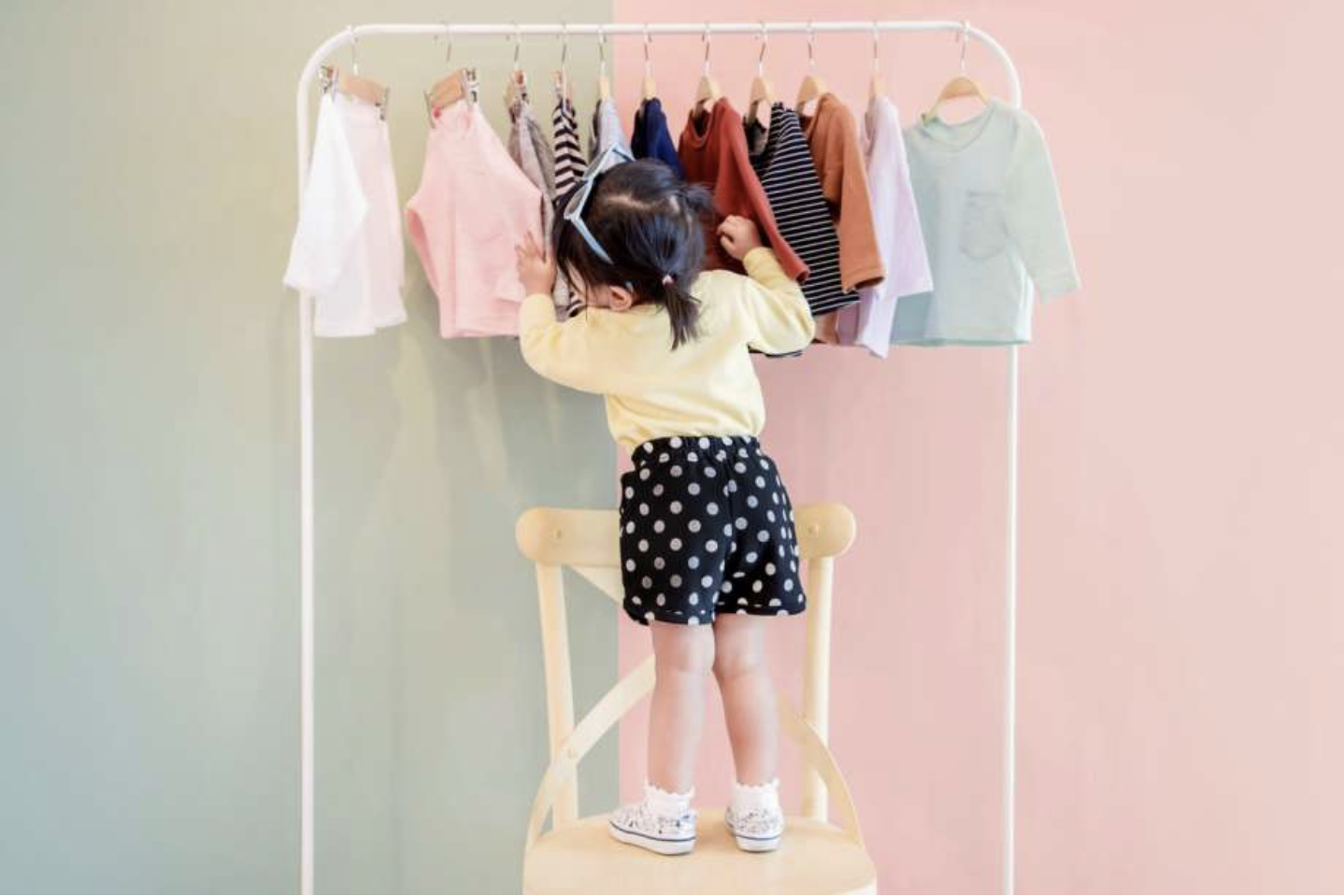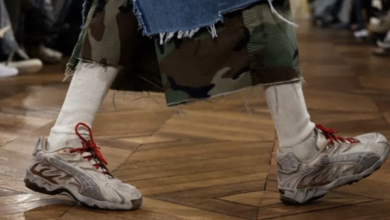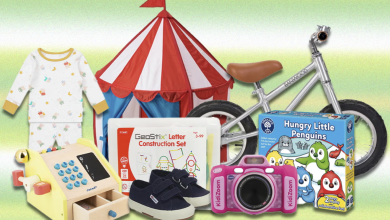Guidelines for Choosing Children’s Clothing

Buying clothes for kids may seem straightforward when browsing through an online children’s clothing store, but ensuring your child actually wears what you buy can be a challenge. This often stems from a disconnect between what parents choose and what their children prefer.
Tips for Selecting Clothes for Kids
Consider Your Child’s Preferences:
Parents often select clothes based on their own tastes, overlooking their child’s preferences. Children may have favorite colors, styles, or may be influenced by what their friends wear or what they see in advertisements. It’s important to involve your child in the selection process to ensure they are happy and willing to wear the clothes.
Comfort is Key:
If clothes are comfortable, children are more likely to wear them willingly. Comfortable clothing not only makes kids happy but also boosts their self-esteem. Avoid clothes that are overly heavy or restrictive, as these can cause discomfort and irritation.
Weather-Appropriate Choices:
Always choose clothes made from materials suitable for the current weather. For instance, cotton is ideal for summer to prevent overheating and discomfort from sweating.
Ease of Wear:
Children, especially young girls, can be particular about how clothes fit and feel. Opt for garments that are easy to put on and take off to avoid daily struggles.
Keep a Well-Stocked Wardrobe:
While it’s true that children grow quickly, it’s unnecessary to limit their wardrobe drastically out of fear they will soon outgrow their clothes. Maintaining a variety of clothes like jeans, t-shirts, hoodies, and sweaters ensures your child has options to choose from, making getting dressed a more enjoyable experience.
Buy Out of Season for Savings:
Purchasing clothes out of season can save money, though this may mean the items are not the latest style, and sizing up might be necessary. When buying larger sizes, consider that not all garments will fit well if they are too big.
Check the Fit:
Proper fit is crucial, especially around the neck, where an ill-fitting garment can cause significant discomfort. Also, keep in mind the activities your child engages in. Kids who play rough might need more durable clothing that can withstand wear and tear.
Budget and Purpose:
While cost is an important factor, also consider the purpose of the clothing. Preparing a budget with these considerations in mind can help guide your purchases.
Gender-Neutral Options:
For infants, gender-neutral clothes are often suitable, but as children grow older, they may develop their own preferences which might steer away from these options.
Understand the Impact of Clothing:
Children are observant and aware of their clothing. They notice and care about the quality, style, and color of their garments. Dismissing their opinions on what they wear can be detrimental to their confidence and self-expression.
By following these tips, parents can make more informed decisions when shopping for children’s clothing, ensuring that both the parent’s and the child’s needs are met. This approach not only helps in selecting appropriate, comfortable, and liked clothing but also in fostering a sense of style and preference in children from a young age.



